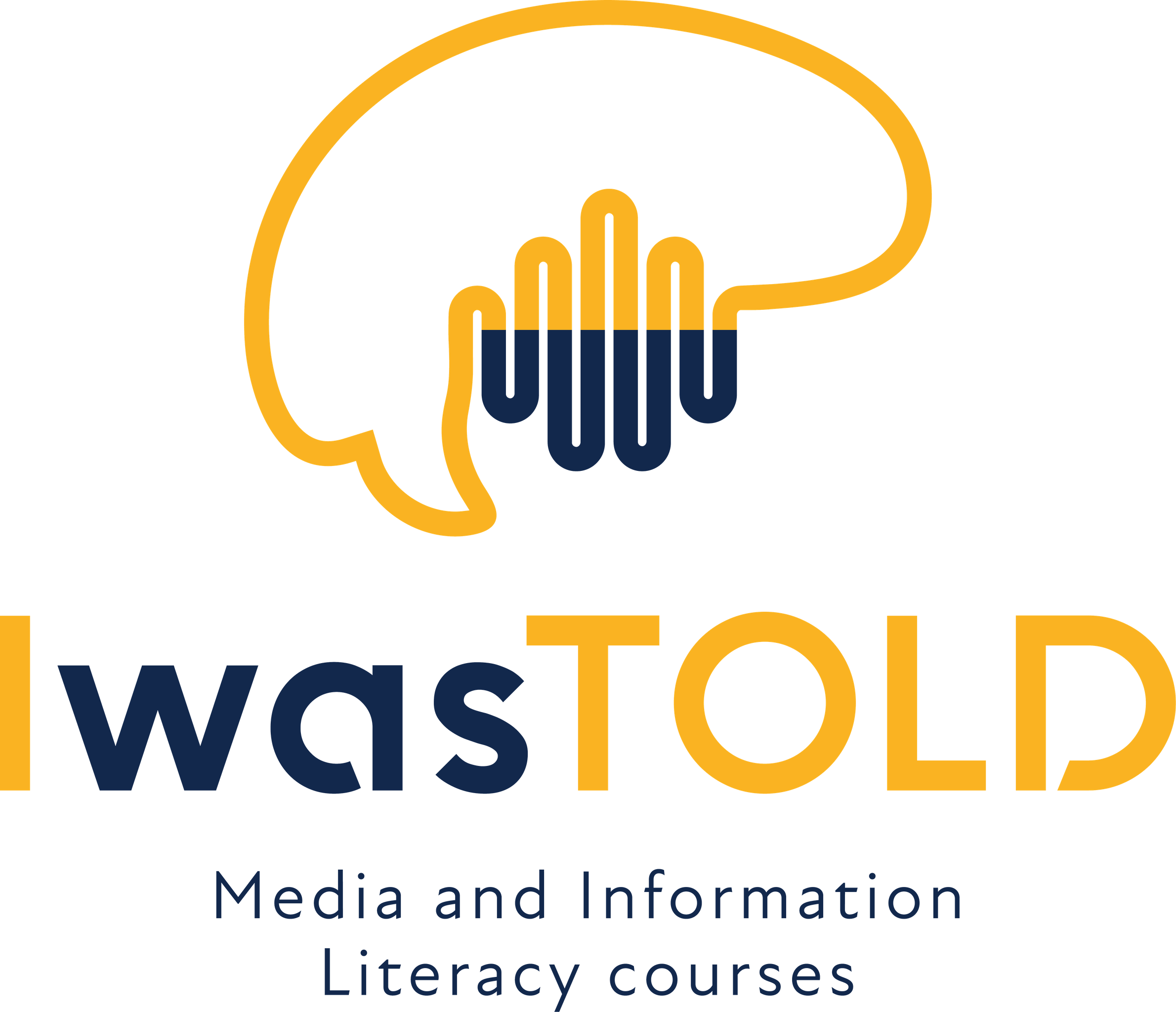3. CLASSICAL AND DATA STORYTELLING
-
Storytelling: narrative structures7 Topics|4 Quizzes
-
Language of media6 Topics|3 Quizzes
-
Storytelling With Data II. - Digital investigations in an era of data-driven journalism7 Topics|4 Quizzes
-
Infographics - Present statistics beautifully7 Topics|3 Quizzes
-
Charts in a website - Hack web developer tools for your stories7 Topics|3 Quizzes
-
Introductory to lesson
-
Creating a website is a personal way to become involved in a subject as well as a creative gesture
-
Make the most compatible as possible subject and aesthetic of your website through Google Sites
-
How be professional and have validity in publication?
-
Final Exercise of the whole lesson
-
Feedback on exercise
-
Additional learning material
-
Introductory to lesson
-
Online GIS6 Topics|2 Quizzes
-
Media analyses8 Topics|4 Quizzes
-
Using Piktochart to create infographics7 Topics|3 Quizzes
In this first chapter and first step on our big spiral staircases, we are going to dive into the loads of capabilities of Infographic in order to understand what it is exactly, progressively, little by little. It will be the first and only time that only two footfalls will be tread ; and not three.
Our first footfall will concern the basics of that : definition and usefulness of Infographic ; because we can hope to use the capabilities of Infographics only if we better understand the ins and outs of its mechanisms.
And our second footfall will focus on a few available platforms on which to produce your infographic visuals, that will be your future support for the next steps following.
Definition:
The Oxford English Dictionary defines Infographic as an “information or data that is shown in a chart, diagram, etc. so that it is easy to understand”.
So, basically, it’s sharing information, datas, events, or whatever else, in a playful way to give them some sense, and make them become a story that we can remember for the future.
The target is quite simple : share ideas, statistics, information, exactly as an article, a newspaper… But with its own language.
Benefits of Infographics:
We can’t repeat it enough, but sharing information in a visual way is much more efficient than just in word processing: first of all, you capture the audience’s attention, but you also avoid pitfalls to say too many ideas or statistics in being boring, and you finally enable the possibility to make them fun.
Creative process:
Besides, producing Infographic is also a creative process because possibilities are numerous. You can create absolutely everything you want: pragmatic and concrete subjects with many statistics or abstract subjects, imaginary subjects everything is possible. And above all, once your subject is chosen, you’re free to opt for every visual language you want, any colour, any shape, absolutely anything.
Like the website of last time, you definitely use two ways; two works and approaches in one way sharing and creativity and that is fascinating.
1.2 Different platforms and templates : Slidesgo-PowerPoint, Visme Platform, Easel Platform
Alright, so you have now an idea of what Infographic is, its usefulness and some of the ins and outs of it. You have just crossed a new footfall.
Now, cast a glance at different platforms, with templates availables partly freely. For now, you don’t have to decide your subject : it’s just a step of discovery, to understand well the capabilities of Infographic in order to be able to use them next, in implementing them with your topic.
By the way, it could be interesting for you to start understanding Infographic with templates offered, before throwing yourself into the design from A to Z.
Slidego:
First of all, you can pass through Google : do you remember Google Sites and Google Charts ? Well, it exists also another platform : https://slidesgo.com
In this website, you can choose the tab “Infographics”, and from there you can download many templates availables, either suitable on Google Slide or PowerPoint.
Or, if you’re feeling ready to launch into a complete design, you can do that in choosing a new document and in exploring on the left, by clicking on “Graphics” just below “Basics”, all the possibilities of creation.
Visme:
But there are others.
Among them, you can find Visme : https://www.visme.co
You have to create an account or connect with your Google Account. From there, you can click on the tab “Templates” and next, “Infographics” to pursue training with templates.
Or, if you’re feeling ready to launch into a complete design, you can do that in choosing a new document and in exploring on the left, by clicking on “Graphics” just below “Basics”, all the possibilities of creation.
Ease.ly:
Also, you can find this platform :
A priori, you are not forced to make a registration to use the platform. Here again, you will find templates availables freely, but like Visme, you can design your visuals completely. They are just quite different as on Visme ; and that is interesting for the next : you can explore both and choose according to visuals or ergonomics you prefer.
Sidenote:
What is interesting with these platforms is that you can mix different supports to share your information, in the same “whole” : you can alternate slides of visuals of Infographic with slides of pure presentation, if in some way and sometimes, you just want to share word processing.
